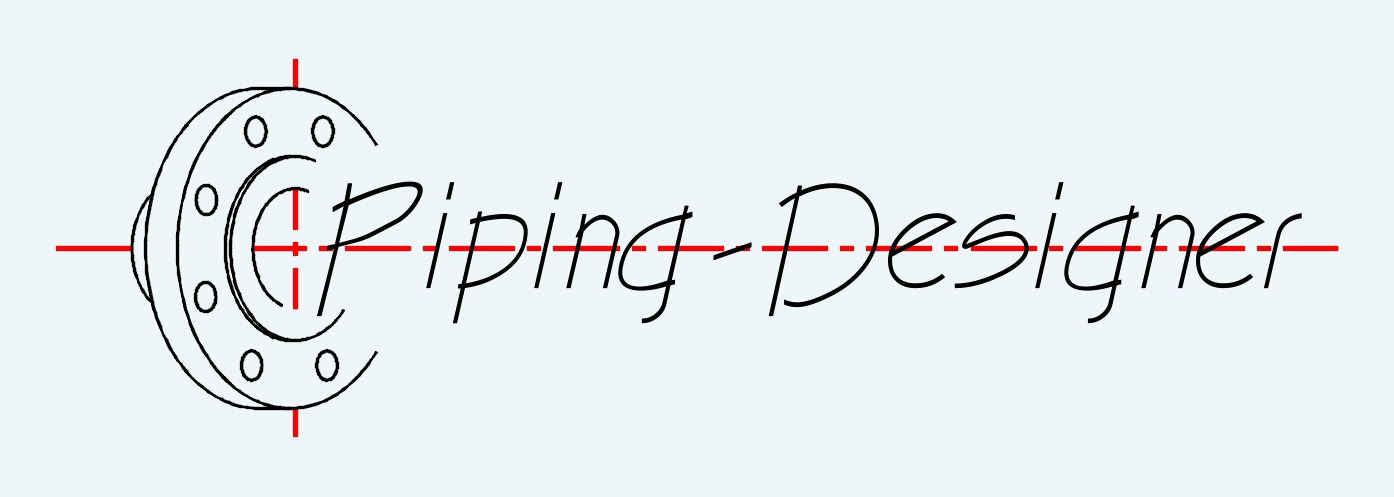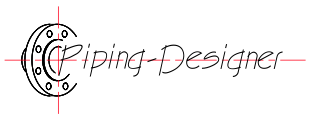pH
pH Formula |
||
| \( pH \;=\; log_{10}{H^+}\) (pH) | ||
| Symbol | English | Metric |
| \( pH \) = pH | - | \(dimensionless\) |
| \( H^+ \) = Concentration of Hydrogen Ions in Moles per Liter | - | \(mol\;/\;L\) |
The pH scale indicates the degree of acidity or alkalinity of a solution. Definition of pH is the logarithm of the reciprocal of the hydrogen-ion \((H^+)\) concentration. Scale range is usually 0 to 14 where the midpoint is 7.0. When the pH is 7.0, the fluid is said to be neutral. Higher values denote alkalinity; lower values denote acidity. When pH is 0, the solution is the most acidic. When the pH is 14, the solution is most basic.
pH Interpretation
Low ph (pH 0 - < 3) - Strong acid, highly acidic (e.g., hydrochloric acid)
Low ph (pH 3 - < 7) - Weak acid, mildly acidic (e.g., vinegar, soda)
pH (pH = 7) - Neutral, neither acidic nor basic (e.g., pure water)
High pH (ph > 7 - 11) - Weak base, mildly basic (e.g., baking soda)
High pH (ph > 11 - 14) - Strong base, highly basic (e.g., bleach, lye)

